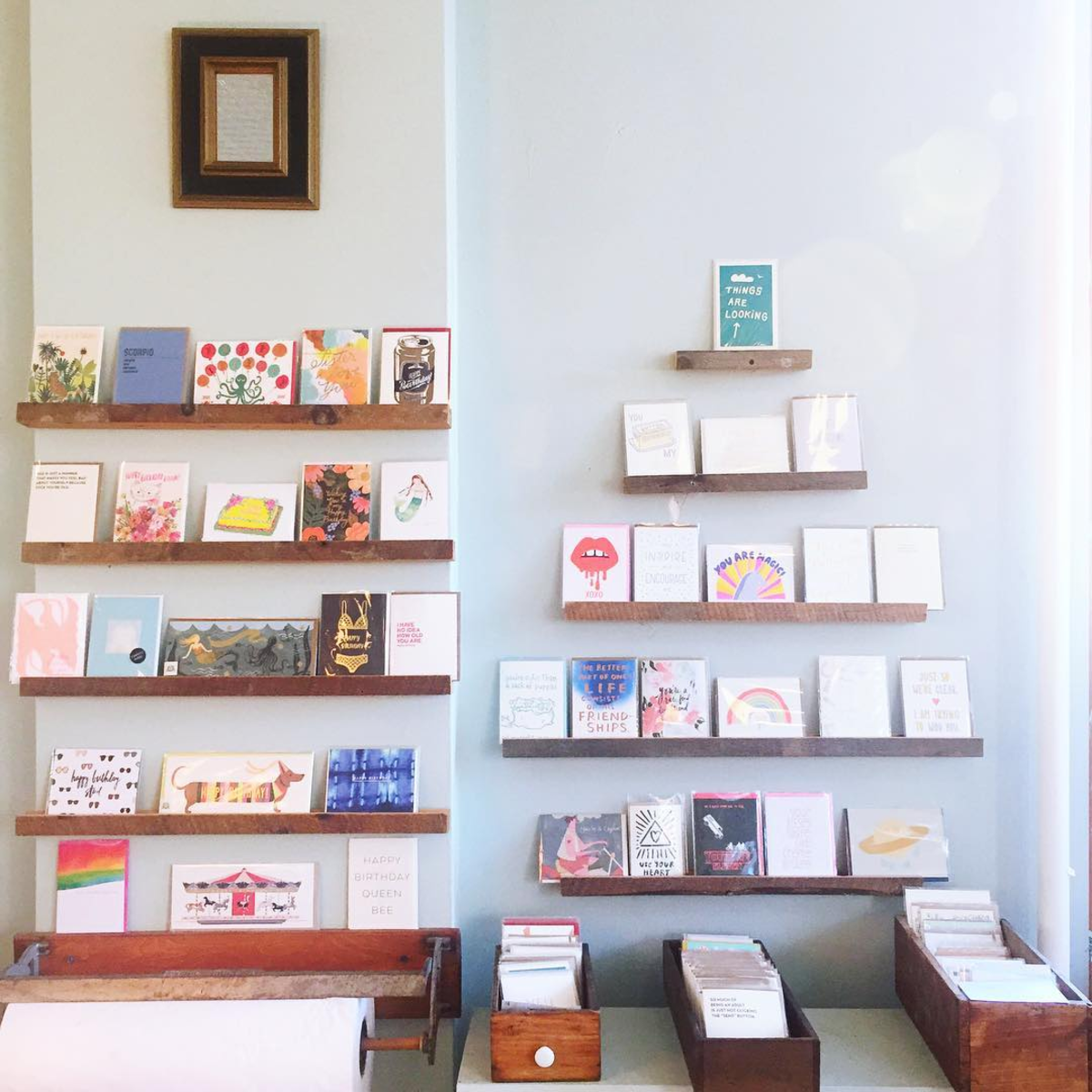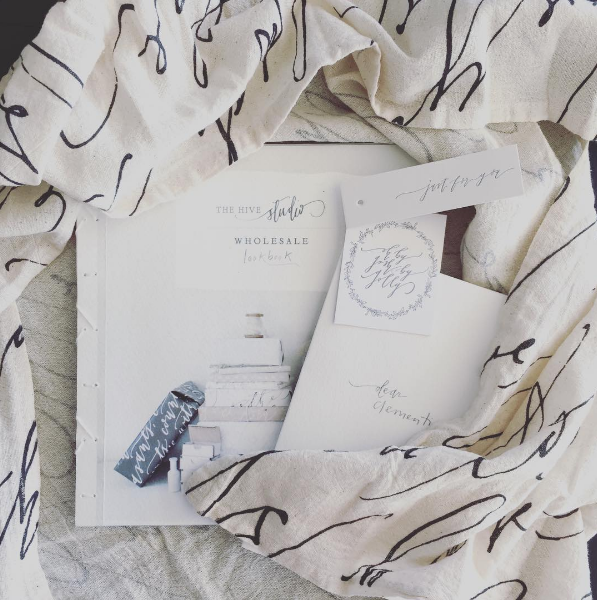My last post, How to Take Feedback Like a Multi-vitamin, gave you some tips to use feedback to help grow your business. Once the post aired, however, I realized that many of you were really looking for something a little more basic: how to get feedback from retailers. So let’s hop from one metaphor to another, today I want you to think back to the middle school notes you sent and received…yes, no, maybe? –Emily of Clementine

Illustration by Emily McDowell for Oh So Beautiful Paper
Many of my posts touch on the interaction between wholesale lines and your interaction with retail shops. I started this column off (3 years ago!) by telling you how to get a retailer’s attention, then followed up with how to stay in contact and how to submit your line by email and snail mail. I also talked about why retailers might be rejecting your line, and specifically talked about how you can ask for feedback when a retailer says no to your line. But I know this is one of the biggest challenges to putting yourself out there as a wholesale line, so let’s tackle the two best ways to get feedback: you can ask, or you can ask and offer.
*
ASK: It seems simple, but sometimes simply asking is the best way to gather feedback from retailers. Retailers don’t reply to emails because: we are incredibly busy and we don’t want to say no/you didn’t give us the invitation to say maybe. But sometimes, we really do have quick, relevant feedback that could help grow your line.
Who to ask
Retailers who don’t yet carry your line, those who expressed an interest but never followed up, or those who haven’t ordered for a long time.
When to ask
At the close of your follow up email, or any correspondence after the initial outreach. Most retailers make a gut YES, NO, MAYBE determination within 30 seconds of opening your email/mailer. You’ll hear from the YESES. It’s the NO and MAYBES that will drive you crazy, because you won’t hear from either of them.
What to ask
There are really only two questions you’re asking and you should keep it short and simple, like a middle school note:
- Would my work ever be right for your shop: yes, no, maybe?
- If maybe, is there something I could do to to sway you to a yes?
How to ask
Make it clear that you actually want feedback. Craft your own version of: “I hope to keep you updated on my line as it grows, but I don’t want to bother you. If you would like to continue to follow my line, please answer yes, no, or maybe. If your answer is maybe, I would really value any quick thoughts or hesitations you have about my line.”
What’s to love about this type of feedback? You get a better sense of who your people are. If you craft your question well, the MAYBES might say more which could lead to more yeses. And if you’re ready for the sting, it will get you some nopes, that will help you stop wasting your time on the shops that aren’t right, so you can go after the ones that are (Oh, and it’s a great cure for the dreaded radio silence.)
*
ASK + OFFER: You understand the ask. The offer is what makes a retailer actually stop, sit down, and reply thoughtfully.
Who to ask
Retailers who currently carry, or have carried your line in the past.
When to ask
Anytime you’re hungry for substantial feedback, considering a change in your line, or want to increase your wholesale outreach.
What to ask
You are asking retailers who have sold your work to give you thoughtful feedback about how to improve your line. You are asking specific questions, (probably in the form of an online survey) that will help you get real answers to what they perceive as your strengths, weaknesses, and opportunities. Craft your questions so that you do not get generic responses.
What to offer
Something they would appreciate, that you can easily give: free product, a discount code to your shop, or free shipping. How much? Consider what would make you stop and fill out a survey. I would generally figure an offer of $25-$50 for every 15 minutes.
How to ask
Make it clear that you would love to have their insight as a retailer who sells their work, that you’re looking for specific feedback to help grow your line and that you value their time so you want to offer them something if they take the time to help your line grow.
What’s to love about this type of feedback? You get real answers, often a suggestion that can strengthen you relationships with stores to get you feedback (and friendship?) that’s ongoing!

Clementine‘s current card wall, feedback welcome.
I will be honest, I could spend all day talking to creative product lines about how to edit and expand your lines. It’s why I love writing this column and why I started consulting. But before I began offering feedback like it was my (actual) job, I honestly felt awkward, I thought I was intruding. I bet most of your retailers feel the same way, so give them an easy way to say: yes, or maybe and then come back and share your middle school note folding skills. xo ~Emily









